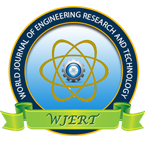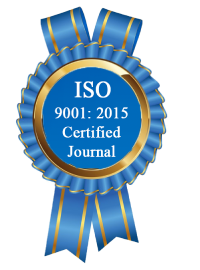| All | Since 2020 | |
| Citation | 172 | 110 |
| h-index | 7 | 5 |
| i10-index | 1 | 0 |
WJERT Citation 
Login
News & Updation
Abstract
CRASHED VEHICLE PROFILE CREATION BASED ON DIGITAL CLOSE-RANGE PHOTOGRAMMETRY
Valeria Ersilia Oniga*, Ana-Maria Loghin and Daniela Corina Păun
ABSTRACT
For many years, close-range photogrammetry has been dealing with the extraction of high accuracy information from images, representing one of the most attractive and provocative researching domain. The data acquisition process is performed without any direct contact with the studied object, in a very short time, thus close-range photogrammetry has applications in areas such as: preservation of cultural heritage, soil erosion, buildings 3D modelling and vehicle measurements in damaged-based accident reconstruction. In order to determine the correct amount of the material damage caused by the traffic accident, insurance companies need accurate quantitative information regarding the damage sustained by the crashed vehicle. So, in this paper, the crashed vehicle profile was created by digital close-range photogrammetry, using the digital images acquired with a digital camera. In order to obtain the results, first the digital camera was calibrated using a 2D target, then the vehicle involved in a crash accident was modelled in 3D based on digital images. Finally, using the Hausdorff distance, the distorted vehicle 3D model was compared with the 3D model of the same type of vehicle undistorted, thus resulting the deformations of the crashed vehicle. Both vehicles 3D models were obtained by digital close-range photogrammetry, using artificial targets placed on the vehicles bodies and the ?PhotoModeler Scanner? software. The differences between the two models were highlighted using a color palette, offering at the same time a global comparison.
[Full Text Article] [Download Certificate]
